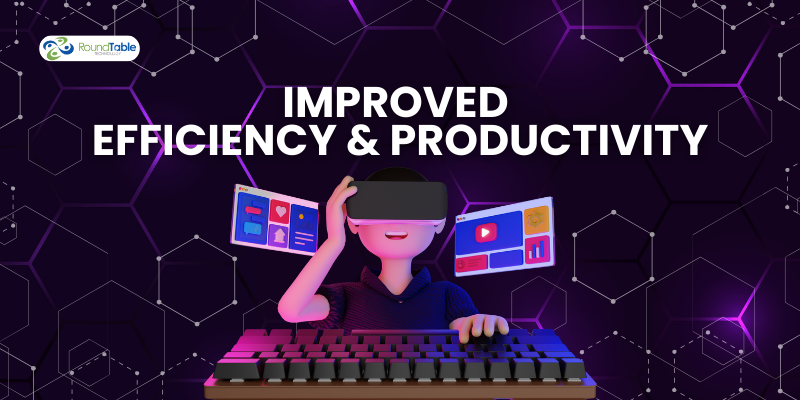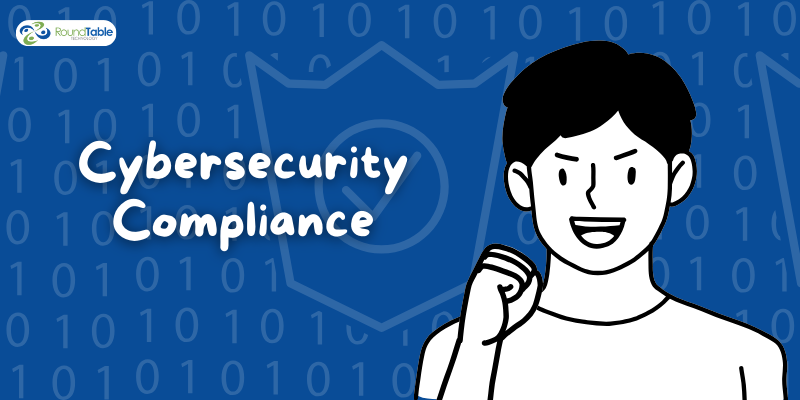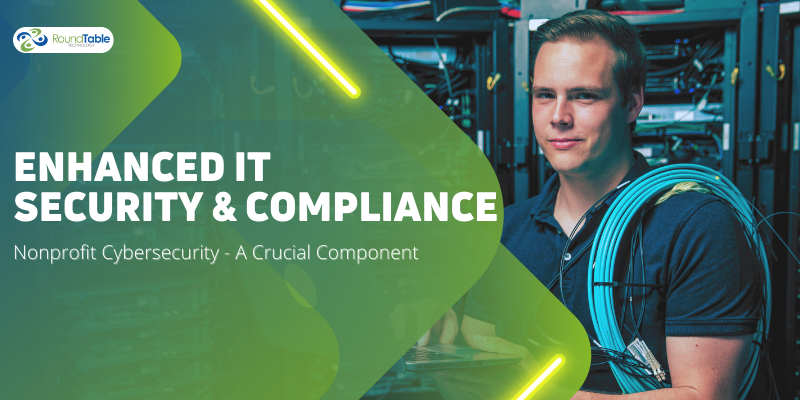Boosting Efficiency and Productivity: The Power of IT Outsourcing for Nonprofit Organizations
Nonprofit organizations play a crucial role in addressing social and humanitarian issues, relying on limited resources to make a significant impact...
2 min read
.jpg) Justin Brown
:
Apr 25, 2024 11:08:52 AM
Justin Brown
:
Apr 25, 2024 11:08:52 AM

The technological landscape is rapidly evolving, and nonprofits are not exempt from feeling its impact. As we move closer to 2025, it becomes increasingly important for nonprofit organizations to not only manage their current IT infrastructure but to also forecast and prepare for future needs. This forward-looking strategy will ensure they stay efficient, effective, and ahead of technological challenges that lie ahead.
Today, nonprofits face a myriad of IT challenges, from tight budgets that limit their technological upgrades to operating on outdated systems that can no longer support new software or security protocols. These challenges are likely to evolve over the next five years, with issues such as data security and remote workforce management coming to the forefront. Addressing these challenges proactively is crucial for maintaining operational effectiveness and safeguarding sensitive information.
As we look towards the future, several key IT trends are poised to shape the nonprofit sector:
For nonprofits, assessing the current state of IT infrastructure is the first step in strategic planning. Identifying technological gaps and aligning the IT strategy with the organization’s mission are critical. Budgeting for future technologies needs to consider not only the cost of new technologies but also potential funding sources such as grants and partnerships. Nonprofits should explore cost-saving opportunities through shared services or subsidized tech programs designed for the sector.
Additionally, strategic planning should incorporate risk management strategies that address potential IT disruptions. Nonprofits must develop contingency plans that include data backup solutions, disaster recovery plans, and business continuity protocols. This comprehensive approach ensures that IT systems are not only up-to-date but also resilient in the face of unexpected challenges.
Partnering with a managed IT service provider can offer numerous benefits. Managed services can provide tailored IT solutions that meet specific needs, from 24/7 monitoring to proactive cybersecurity measures. By outsourcing IT management, nonprofits can focus more on their core missions rather than technology management. This article discusses how managed IT services are supporting nonprofits.
Furthermore, managed service providers often bring advanced expertise in compliance and regulatory requirements that many nonprofits may struggle to manage on their own. This expertise is crucial for ensuring that IT practices adhere to legal standards and best practices, thereby safeguarding the organization against legal and security issues.
To adequately prepare for the future, nonprofits should take the following steps:
Forecasting IT needs is essential for any nonprofit wishing to remain competitive and secure in the digital age. By understanding current challenges, keeping an eye on future trends, and making strategic IT investments, nonprofits can ensure they not only survive but thrive in the coming years.
Contact us today for a consultation to discuss your specific IT needs and how you can best prepare for the technological developments of the next five years.

Nonprofit organizations play a crucial role in addressing social and humanitarian issues, relying on limited resources to make a significant impact...

Navigating nonprofit cybersecurity compliance can be a daunting task, especially for organizations that lack the resources to hire a dedicated...

In today's fast-paced digital world, the importance of IT security and compliance can't be overstated. As organizations, particularly nonprofits,...